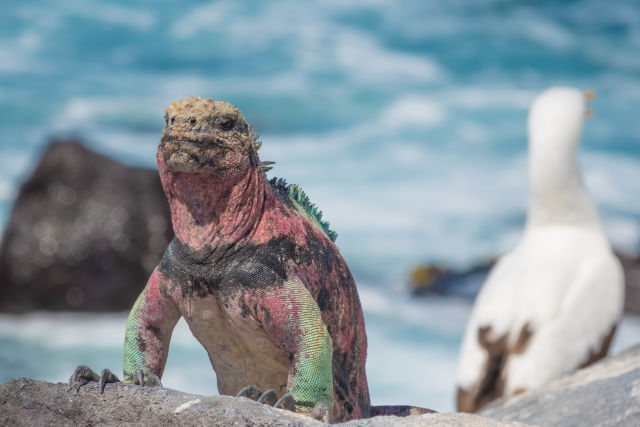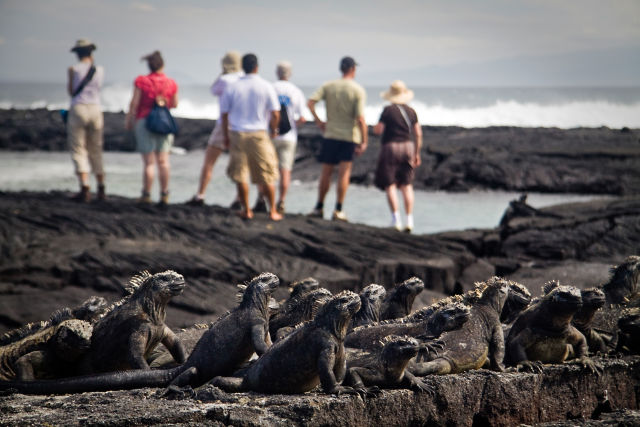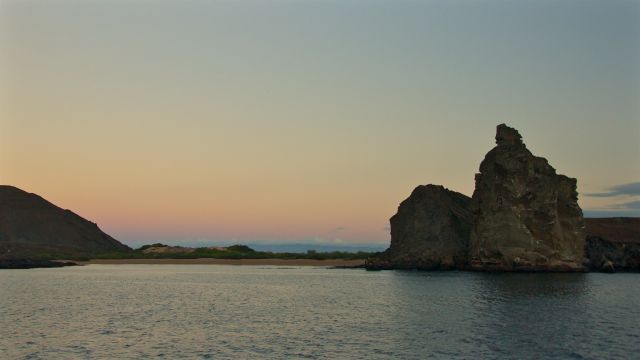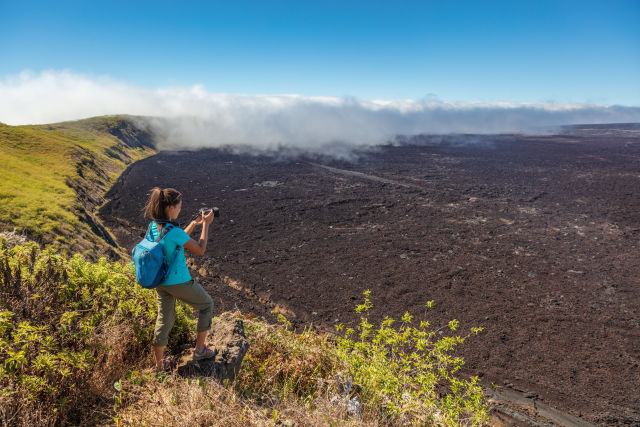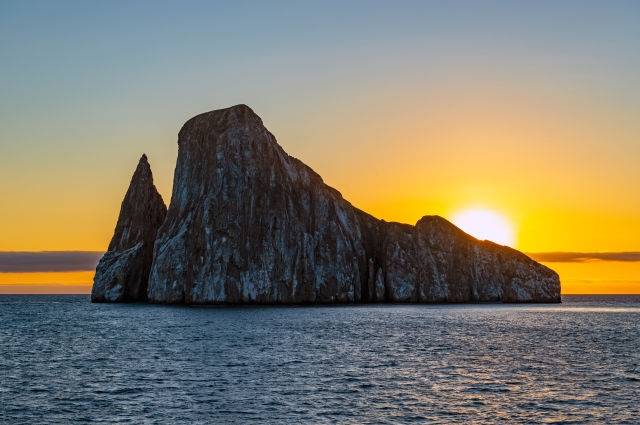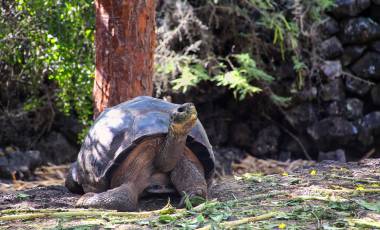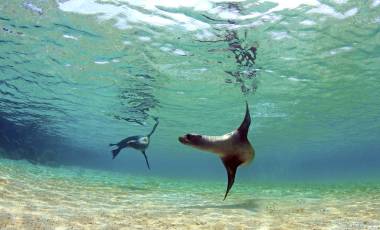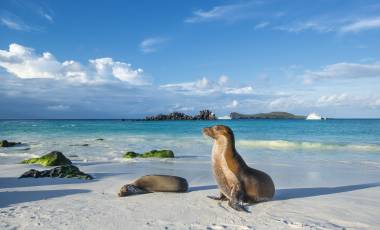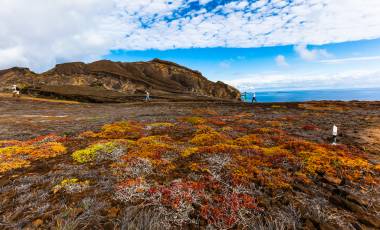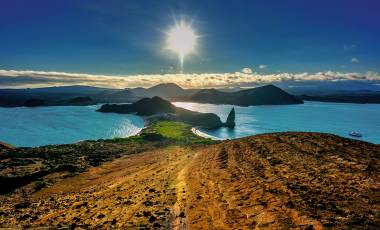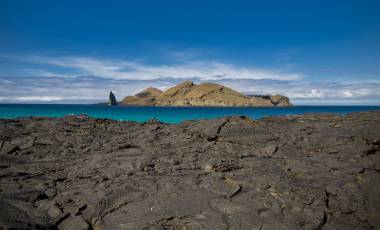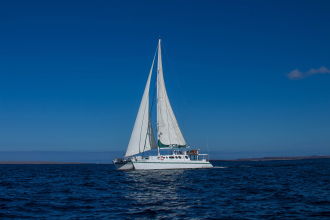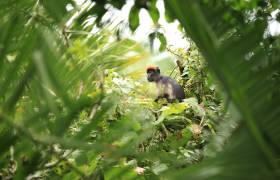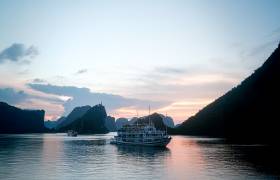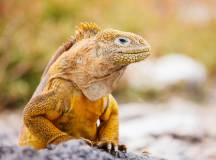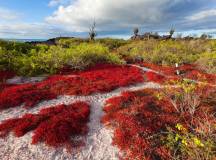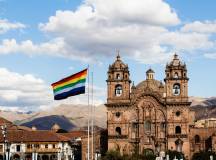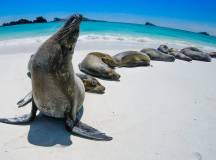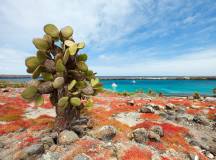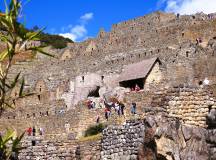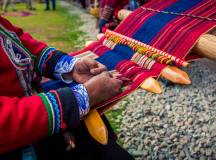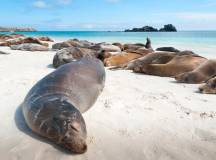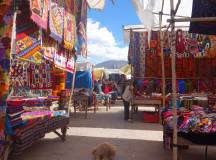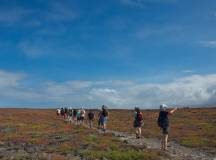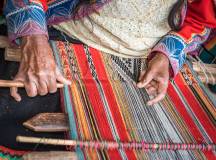This trip is 2 weeks full of interesting history, places, culture and food. The perfect way to experience Mexico and all that it has to offer; from the city, to the jungle, to the beach, to the colonial towns and everything in between!

Galapagos Islands Holidays
- Home
- South America
- Ecuador
- Galapagos Islands Holidays
Highlights: Galapagos Islands
Galapagos Islands Holidays
Darwin found inspiration for his groundbreaking book ‘The Origin of Species’ in the Galapagos Islands. On this isolated tropical archipelago, almost 1000km off mainland Ecuador, he discovered wildlife present nowhere else on Earth; today, Galapagos Islands tours will still astonish nature and wildlife lovers. The volcanic islands are considered to be a living laboratory by scientists and represent one of the most pristine yet fragile areas in the world. This enchanting environment is characterised by stark lava fields, cactus forests, volcanic craters, mangrove lagoons and turquoise waters.
Without a doubt, the highlight of Galapagos Islands holidays is the incredible wildlife. With very few external predators and limited human interference, the species that inhabit the Galapagos have always shown a near-fearless attitude to man. Close encounters are assured and we may find ourselves stepping over snoozing Sea lions and iguanas or watching up close the courting rituals of Blue-footed boobies, albatross or frigatebirds. A mask and snorkel will reveal an exciting underworld – turtles, sharks, rays and colourful reef fish are abundant and Sea lions love to come and play!
Galapagos Islands Holidays
Galapagos Islands Holidays
STEPHANIE KNIGHT Discover Mexico
Gordon Bare Cycle the Back Roads of Sri LankaThis was a great opportunity to bike and see Sri Lanka (even impacted by a typhoon) but marred by a seriously inadequate ebike. It was underpowered at best, power on my bike and another one cut out on occasion and the governor at 25 kph makes an ebike worse than useless since one has to pedal a heavy bike hard to stay up with the group sometimes doing 27-28 kph on good roads. After my complaints, guide Surech stried to help and swapped out my bike for a slightly better powered but much heavier urban stile bike but it was not really an improvement.
And I had a very heavy urban ebike on an Exodus Japan tour last year that I complained about with little result.
Fiona Allan Highlights of Ecuador & the GalapagosThis is a very varied trip from the beautiful buildings in Quito to the unique Galápagos Islands. Heights of Cotopaxi to Amazon jungle. It is challenging at times especially on the Amazon jungle walk, this was not an easy stroll through a path in the jungle it was at times very steep and very slippery. Well worth it though to then enjoy the visit to AmaZoonico.
Boat journeys between the Galapagos islands are long especially between San Cristóbal and Floriana. I personally saw no enhancement to the trip in stopping at this island and would have preferred more time on Isabella. Due to boat times there was no real free time to explore this lovely village.
Trip notes are pretty inaccurate and need an overhaul especially the first week.
Expert Blog Entries
The Adventure Begins Here
Get regular inspiration straight to your inbox from Exodus’ experts.

